14. Kwaidan (1964)
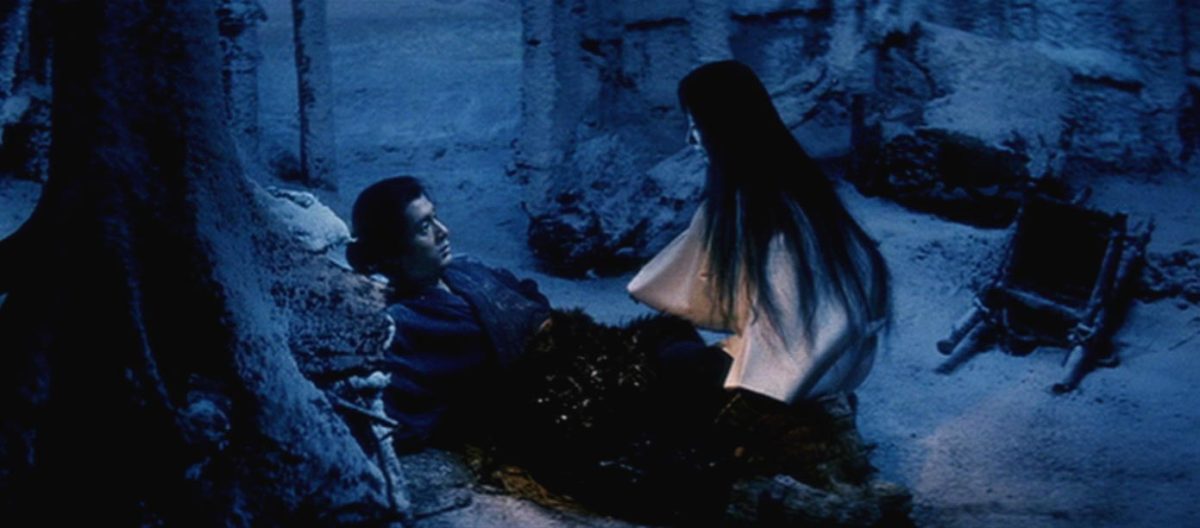
Anthology films are always a tricky proposition, often resulting in a final feature that can be uneven in both quality and tone, but Masaki Kobayashi’s collection of supernatural tales is a tour de force of first rate filmmaking, elevating each of the movies traditional fables into a work of art.
The four folk tales contained within Kwaidan are disconnected narratively, but each shares an expressionistic style that uses colourful settings and deliberately artificial mise-en-scene to support the otherworldly tone of each story.
Although Japanese filmmakers such as Akira Kurosawa and Yasujiro Ozu are more renowned than Kobayashi, the most iconic moments from Kwaidan have become prominent in their own right, including the moon that stares at people who walk by and the blind musician whose skin is covered with Japanese writing.
13. A Girl Walks Home Alone At Night (2014)
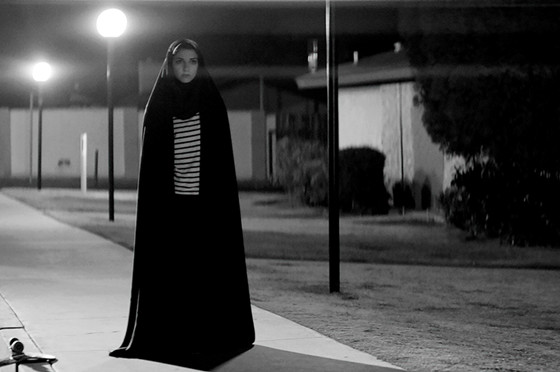
The idea of an Iranian vampire hunting for men on her skateboard doesn’t exactly scream high art, yet A Girl Walks Home Alone At Night is easily one of the most stunning films produced in the last decade within horror and even cinema as a whole.
Every frame is meticulously planned out by director Ana Lily Amirpour, who uses static shots and negative space to slowly build tension from the empty spaces. A Girl Walks Home Alone At Night is one of those rare films where the action can be paused at any moment and still produce a shot worth framing and placing on the wall.
Some directors resort to shooting monochromatically to appeal to specific audiences, but it’s those who use black and white filming techniques with purpose that justify this aesthetic, creating stunning mood pieces that redefine what the genre is capable of.
12. The Others (2001)
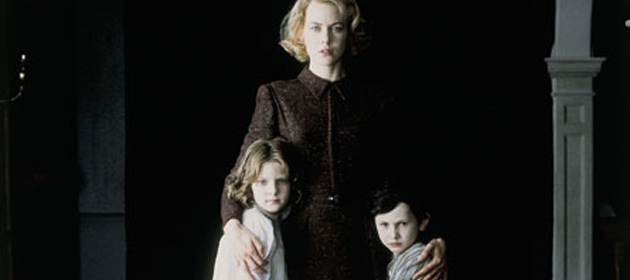
The Others may be less influential than… other films on this list, but few are as effective as Alejandro Amenabar’s take on the haunted house genre. The directors European sensibilities draw upon the rich history of German Expressionism and classic British horrors such as The Innocents to create a visually stunning ghost story that still works beautifully within the realm of classic genre tropes.
As to be expected, the interplay between light and shadow is of vital importance throughout, yet it’s also worth noting how Amenabar finds beauty in the gloom, both inside and outside of the mansion. Some of the specific shots used wouldn’t look out of place in a gallery of Victorian art, imbuing this tale of loss and grief with an understated elegance that is breathtaking to behold.
It’s rare that a modern horror possesses both style and substance to match, so it’s unfortunate that Amenabar has only flirted with horror once since, in the recent cult hit Regression.
11. Antichrist (2009)
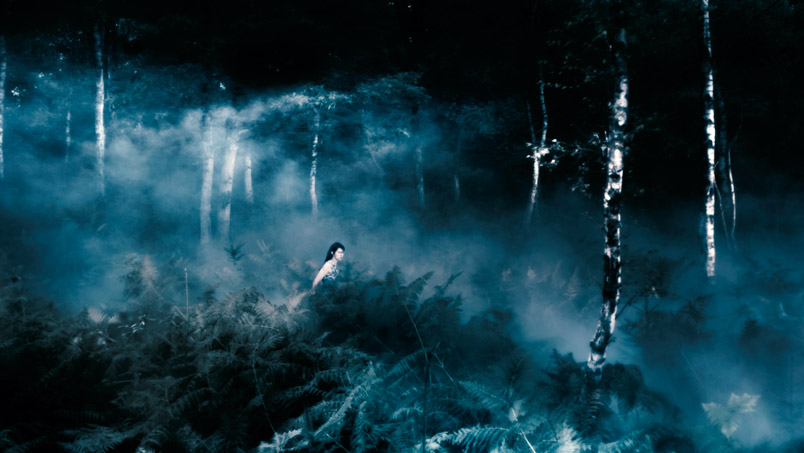
Antichrist divided audiences upon its release, drawing admiration from those who loved Lars Von Trier’s experimental interpretation of horror, while inciting hatred from critics that derided the films pretension. Whichever way you look at it though, it’s hard to deny that Antichrist is the best looking movie Von Trier has made in decades.
It’s hard to imagine anything more devastating than the death of a child, which is why Von Trier’s decision to shoot the films harrowing prologue with sweeping operatics and lush black and white visuals makes it even harder to watch. The solemn cinematography that follows this initial opening is entrancing to watch, distorting the beauty of nature into something altogether far more disturbing…
Like the best of Lynch, Antichrist is far from the standard take on horror and thus should be enjoyed as an experience, a work of art, rather than a narrative journey in the traditional sense.
10. Goodnight Mommy (2015)
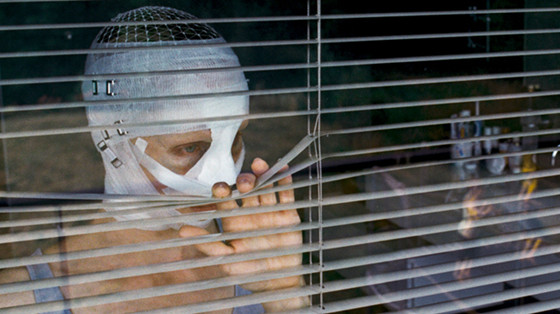
Horror is notoriously overlooked during awards season, but when it came time for each country to nominate a movie for the Oscars this year, Austria tried to buck the trend by selecting Goodnight Mommy to represent their cinematic national identity. It was a bold move, one which unfortunately didn’t pay off, but it’s easy to see why Austria thought Goodnight Mommy stood a chance.
For most of Goodnight Mommy’s running time, the filmmakers push the narrative to the background in favour of building tension, playing with recurrent themes of perception and identity primarily through visual means. The result is an artistic fever dream built around childhood logic, where faces randomly blur and cockroaches may emerge from people’s mouths. Symmetrical imagery runs amok, reflecting the eerie bond shared between the twins.
Even the most disturbing moments of the film possess an element of beauty, showcased as we move back and forth between the flawlessly designed interior and the idyllic landscapes outside of the house.
Imagine if David Lynch, David Cronenberg and Terence Malick somehow collaborated during the peaks of their careers; Goodnight Mommy could very well be that film.
9. The Innocents (1961)
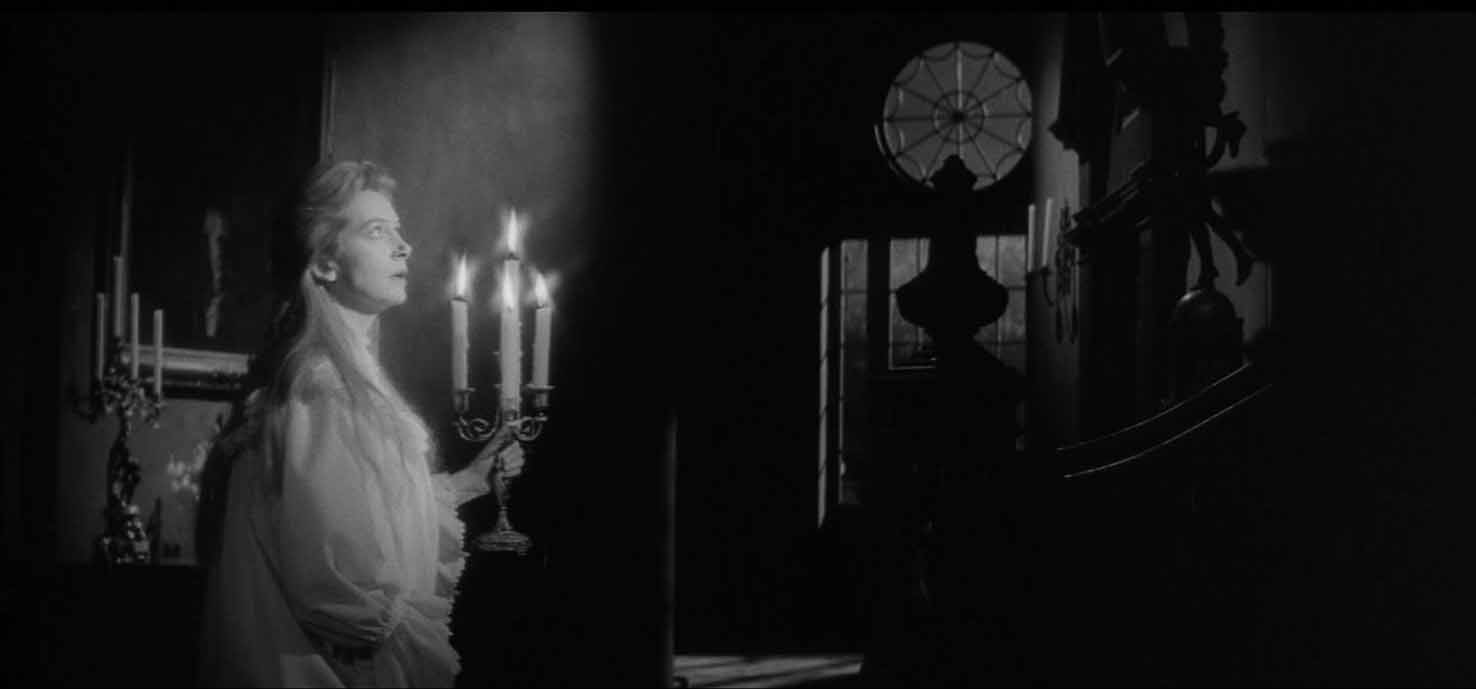
The most powerful ghost stories are the ones that show the spirits fleetingly, focusing more on the characters who are being haunted and the reasons why. Based on the classic Henry James story “The Turn of the Screw”, The Innocents could very well be the best haunted house movie ever made, possessing a phenomenal script enhanced even further by Jack Clayton’s masterful work within the transition from page to screen.
Almost every interior shot used in The Innocents is framed in darkness and through the use of colour glass filters, Clayton deliberately blurs the edges, controlling where the audience’s focus is drawn. The effect is absolutely chilling, successfully building tension while playing with the viewer throughout, purposely misdirecting us to heighten the scares.
What’s most impressive though is how Clayton maintains the fear outside of the house. Behind the quaint, postcard perfect shots of the Sussex countryside lie eerie apparitions, evoking classic Turner paintings that have been warped by the evil trapped within the house. The effect externalises Miss Gidden’s loosening grip on sanity, resulting in some of the most disconcertingly beautiful visuals ever seen in a horror film.
8. It Follows (2015)
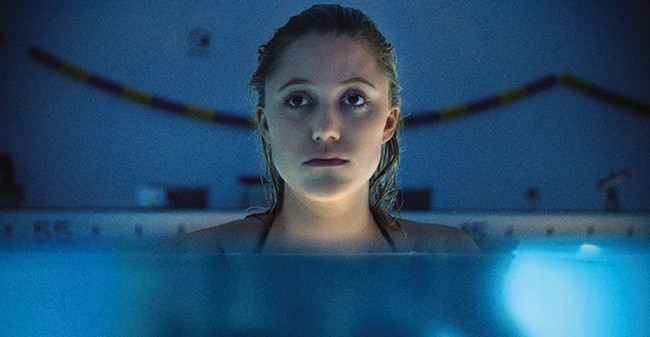
Supernatural horror’s primary focus is on the unknown, yet the majority of filmmakers working in this genre feel the need to explain far too much of what is actually happening, spoon-feeding audiences the explanations that many of them crave. Remembering that less is more, director David Robert Mitchell took a minimalist approach to the shooting of his cult movie It Follows, bringing the dream-like haze of our darkest nightmares to life in ways that often defy conventional logic or wisdom.
Minimalist filmmaking runs the risk of boring or alienating audiences, particularly within horror, but It Follows is one of those rare examples that seems to hypnotise viewers, evoking retro classics with looming shots of stunning backdrops and static scenes that gradually build tension.
By keeping the camera completely stationary for uncomfortably long periods of time, Mitchell forces audiences to scrutinise every detail of his work, forcing us to pay attention to the beauty of the film while we wait for the inevitable scares that emerge from the crowds of people.